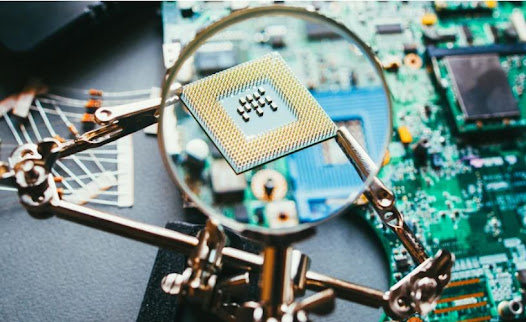Section 1: Understanding Multilayer Rigid-Flex PCBs
- Definition and overview of Multilayer Rigid-Flex PCBs
- Historical development and its growing relevance in modern electronics
- Comparison with traditional PCBs highlighting the added advantages of flexibility and space efficiency
Section 2: Design Considerations for Multilayer Rigid-Flex PCBs
- Material selection for optimum performance and durability
- Key design parameters including layer count, bend radius, and interconnection strategies
- Addressing thermal management in rigid-flex configurations
Section 3: The Manufacturing Process
- Step-by-step breakdown of the Multilayer Rigid-Flex PCB manufacturing process
- Challenges and solutions in the fabrication and assembly stages
- Quality control measures and testing protocols
Section 4: Applications of Multilayer Rigid-Flex PCBs
- Exploration of industries and devices where Multilayer Rigid-Flex PCBs are revolutionizing design paradigms
- Case studies highlighting the impact of these PCBs in sectors like aerospace, medical devices, and wearable technology
Section 5: Future Trends and Innovations
- Emerging technologies influencing the design and use of Multilayer Rigid-Flex PCBs
- The role of 3D printing and AI in advancing PCB design
- Predictions for the future trajectory of Rigid-Flex PCB technology
Section 6: The Stack Structure for Mass Production
- The configuration of rigid and flexible layers should be optimized for performance and manufacturability. Proper layer stack-up can also help in Interconnect Reliability, heat dissipation, signal integrity and so on...
Conclusion:
The journey through the world of Multilayer Rigid-Flex PCB design illustrates its significance in pushing the boundaries of electronic design. As technologies advance, understanding and mastering the nuances of Rigid-Flex PCBs will be crucial for designers aiming to innovate and excel in the dynamic landscape of electronics.








